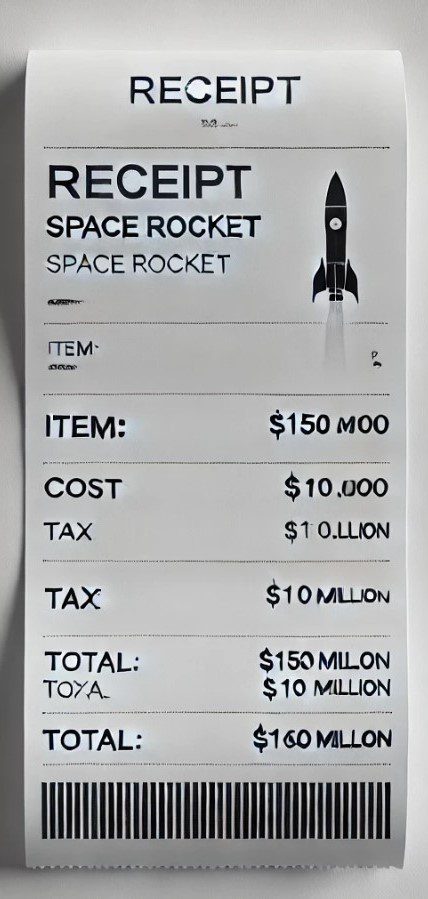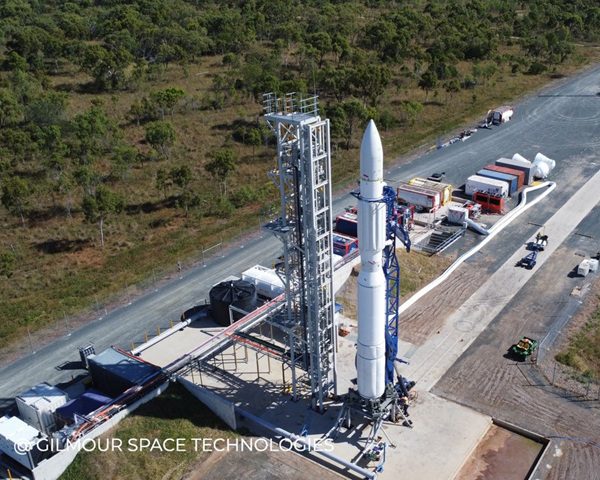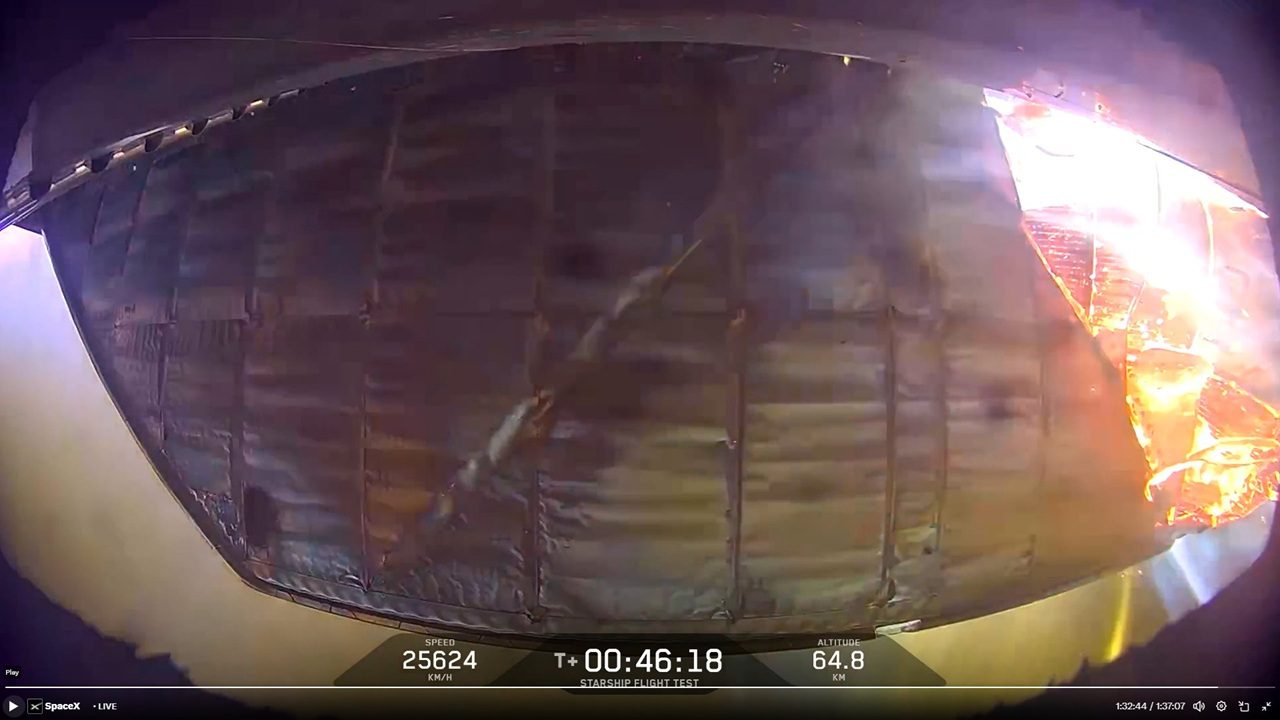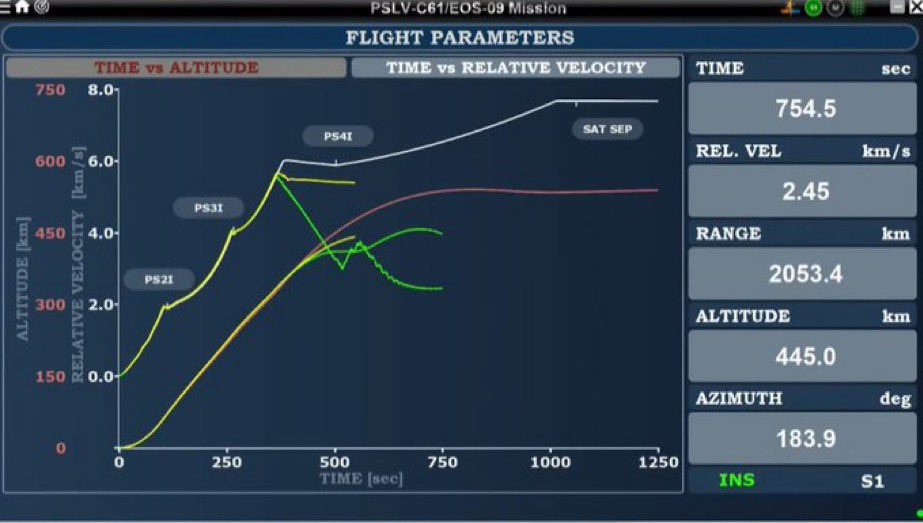A United Launch Alliance (ULA) Delta IV Medium+ (4,2) delivered two Geosynchronous Space Situational Awareness Program (GSSAP) satellites (GSSAP 1-3 and 1-4) on their way to a near-geosynchronous orbit on the AFSPC-6 mission for the US Air Force. Lift off from the Cape Canaveral launch site took place at 0452 GMT on 19 August 2016. The two GSSAP spacecraft, which were built by Orbital ATK, are used by U.S. Strategic Command space surveillance operations, as dedicated Space Surveillance Network (SSN) sensors, to accurately track and characterise man-made orbiting objects.
From a near-geosynchronous orbit, they will have a clear, unobstructed and distinct vantage point for viewing Resident Space Objects (RSOs) without the interruption of weather or the atmospheric distortion that can limit ground-based systems. GSSAP spacecraft can also be used for Rendezvous and Proximity Operations (RPO). An earlier GSSOP spacecraft which was launched in July 2014 has recently been sent to investigate the condition of the stranded MUOS-5 defence communications satellite.
GSSAP satellites send data and imagery via the world wide Air Force Satellite Control Network (AFSCN) ground stations back to Schriever Air Force Base in Colorado where 50th Space Wing satellite operators of the 1st Space Operations Squadron (1 SOPS) will oversee day-to-day operations.







